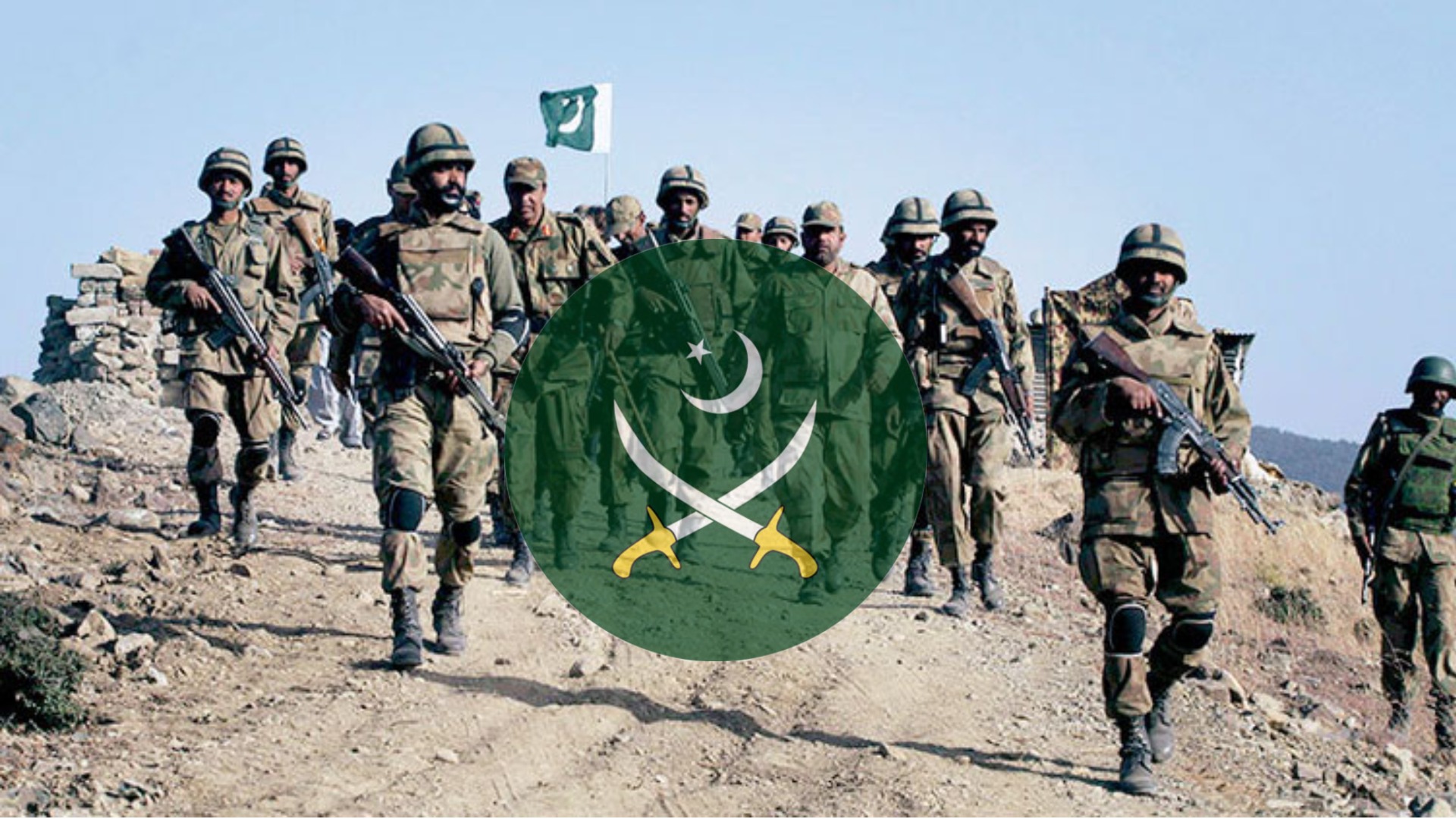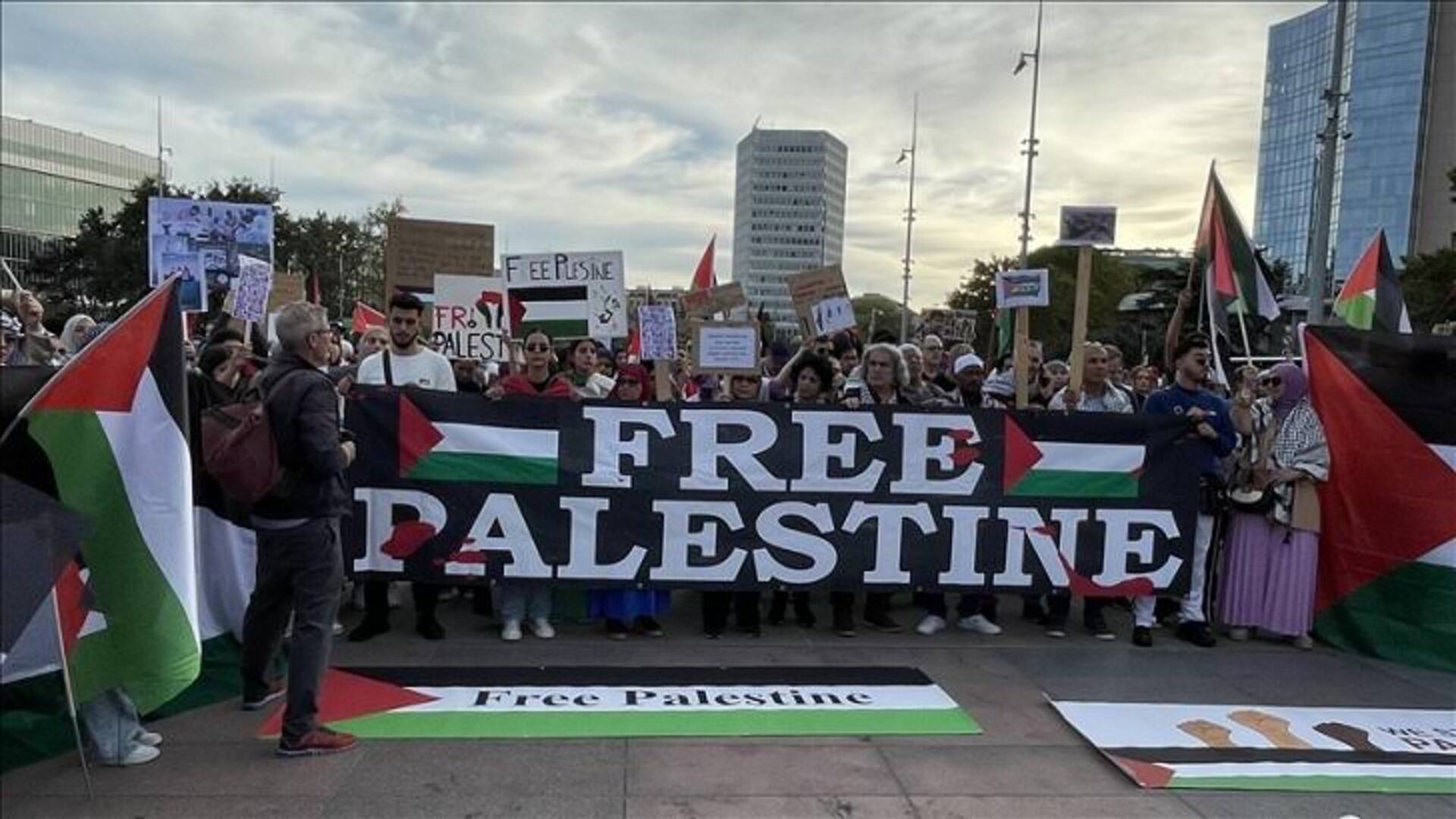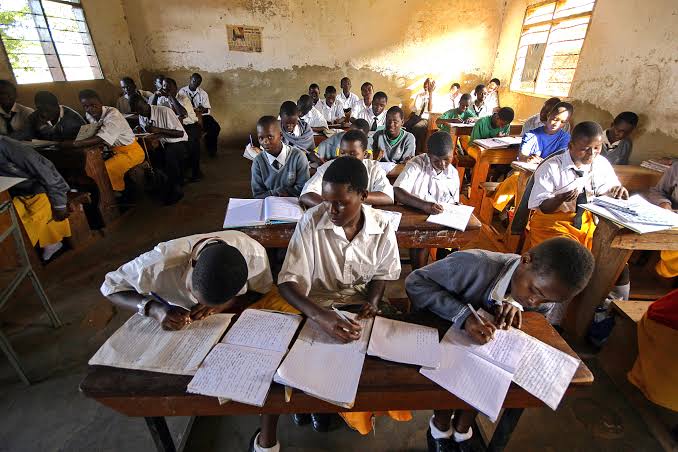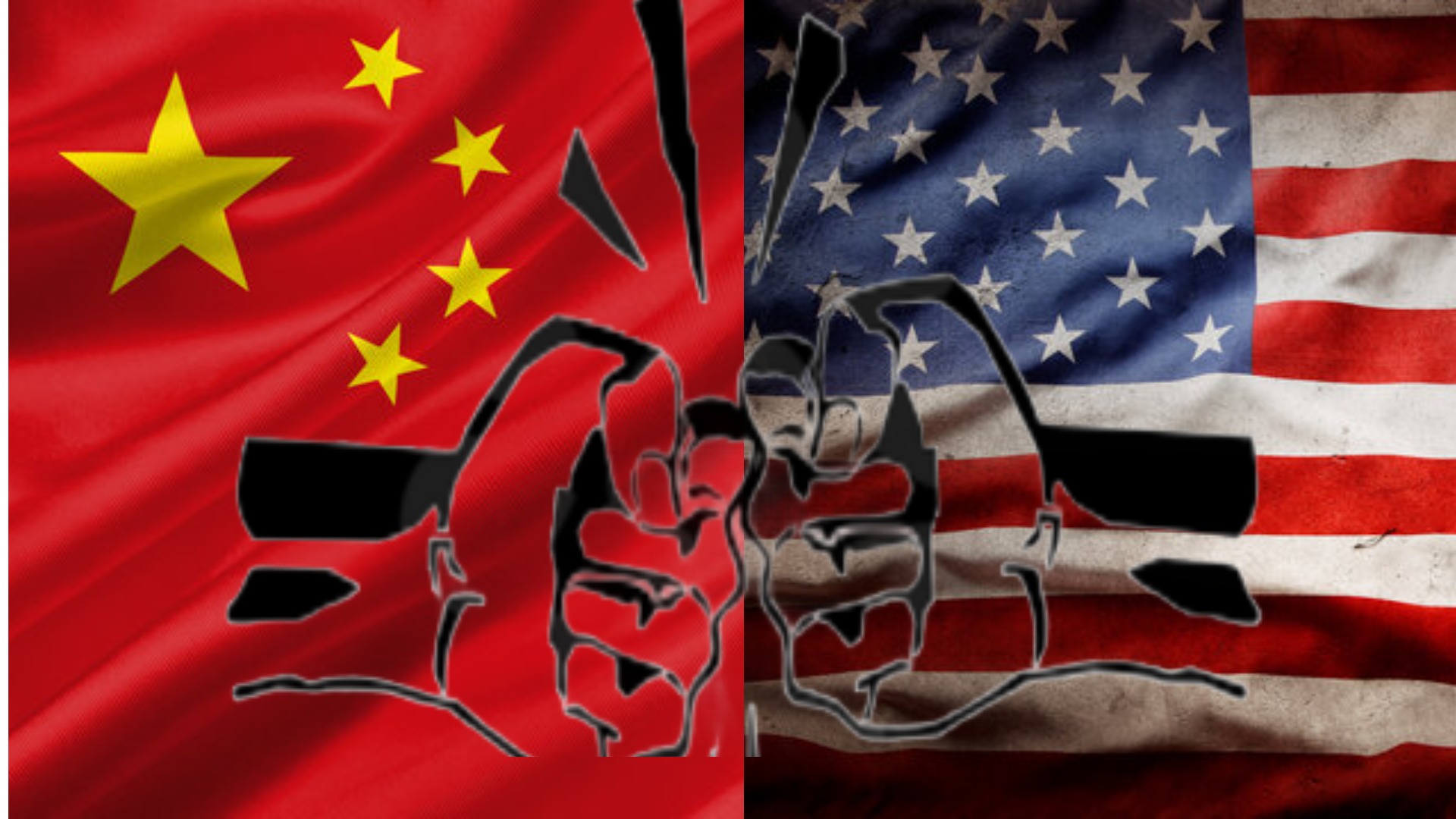Pakistan’s military, particularly its army, stands as one of the most formidable forces in South Asia and the world. As the sixth-largest military globally in terms of active personnel, Pakistan has developed a complex and powerful military apparatus that reflects both its historical experiences and its strategic priorities. This article provides an exhaustive overview of the Pakistan Army’s structure, capabilities, historical evolution, strategic importance, and the challenges it faces.
Historical Evolution of the Pakistan Army
The history of the Pakistan Army is intertwined with the broader history of South Asia. Following the partition of British India in 1947, the newly formed Pakistan inherited a portion of the British Indian Army, which was the foundation of its military. Over the decades, the army has evolved through significant conflicts, strategic shifts, and modernization efforts.
The Early Years (1947-1971):
- Initial Challenges: In the wake of partition, Pakistan faced immediate challenges, including the integration of princely states, internal political instability, and the need to establish a coherent military structure. The early years were marked by conflict with India over the Kashmir region, leading to the first Indo-Pakistani War in 1947-48. This conflict resulted in the establishment of the Line of Control (LoC) and set the stage for future military engagements.
- The 1965 War: The second major conflict between India and Pakistan occurred in 1965, primarily over Kashmir. The war highlighted the need for modernization and the development of new military strategies. Despite a ceasefire brokered by the United Nations, the conflict underscored the persistent tensions between the two nations.
- The 1971 War and Its Aftermath: The 1971 war was a turning point, leading to the secession of East Pakistan and the creation of Bangladesh. This defeat had profound effects on Pakistan’s military doctrine and strategy, leading to a period of introspection and reform. The loss prompted Pakistan to focus on rebuilding its military capabilities and pursuing a strategic deterrent.
The Nuclear Era (1970s-1990s):
- Nuclear Ambitions: The nuclear dimension of Pakistan’s military strategy began to take shape in the late 1970s and early 1980s. In response to India’s nuclear tests, Pakistan accelerated its nuclear program, aiming to establish a credible nuclear deterrent. This pursuit involved significant scientific, technological, and strategic efforts, culminating in successful nuclear tests in 1998.
- Strategic Balance: The acquisition of nuclear weapons fundamentally altered the strategic landscape of South Asia. Pakistan’s nuclear arsenal, combined with its conventional forces, has been central to its strategy of maintaining a balance of power with India. The concept of “minimum credible deterrence” has guided Pakistan’s nuclear posture, focusing on deterrence rather than aggression.3. Counter-Terrorism and Modernization (2001-Present):
- War on Terror: The events of September 11, 2001, marked a significant shift in Pakistan’s military role. As a key ally in the U.S.-led War on Terror, Pakistan’s army became heavily involved in counter-terrorism operations, particularly in the tribal areas and border regions. Operations such as Operation Zarb-e-Azb and Operation Radd-ul-Fasaad aimed to eliminate terrorist networks and insurgents.
- Modernization Efforts: The ongoing modernization of the Pakistan Army has included upgrading its equipment, expanding its technological capabilities, and enhancing its strategic capabilities. This modernization has been driven by a need to address both conventional threats and evolving challenges such as cyber warfare and asymmetric conflicts.
Structure and Organization of the Pakistan Army
The Pakistan Army is structured to effectively address a range of operational needs, from conventional warfare to counter-terrorism and peacekeeping. Its organization includes various branches, units, and specialized corps.
Combat Arms and Support Services:
- Infantry: The infantry is the core component of the Pakistan Army, responsible for ground operations and direct engagement with the enemy. It comprises several divisions and brigades, each equipped with a variety of weapons and equipment. The infantry plays a crucial role in both conventional battles and counter-insurgency operations.
- Armored Corps: The armored corps operates a fleet of tanks and armored vehicles designed for maneuver warfare. The primary battle tank used by the Pakistan Army is the Al-Khalid tank, developed domestically in collaboration with China. The armored corps also utilizes the T-80UD and Type 85 tanks, enhancing its firepower and mobility on the battlefield.
- Artillery: The artillery corps provides essential fire support, using a range of artillery systems, including self-propelled and towed howitzers. The army’s artillery capabilities include advanced systems such as the M110 and FH-70 howitzers, as well as multiple rocket launchers (MRLs) like the Grad and LAR-160.
- Engineering Corps: The engineering corps plays a critical role in constructing and maintaining infrastructure, including bridges, roads, and fortifications. This corps also handles tasks related to demolitions, mine clearance, and field fortifications, supporting both combat and humanitarian operations.
Specialized Corps:
- Special Services Group (SSG): The SSG is Pakistan’s elite special forces unit, trained for a wide range of missions, including counter-terrorism, reconnaissance, and direct action. The SSG is known for its rigorous training and operational effectiveness, participating in high-stakes operations against terrorist groups and insurgents.
- Air Defense: The air defense corps is responsible for protecting Pakistani airspace from aerial threats. It operates a range of surface-to-air missiles (SAMs) and anti-aircraft artillery systems, including the LY-80 and SPADA 2000 systems. The air defense network is designed to counter both manned aircraft and unmanned aerial vehicles (UAVs).
Administrative and Logistical Support:
- Logistics Corps: The logistics corps manages the supply chain and ensures the availability of essential resources such as fuel, ammunition, and medical supplies. This corps is critical for maintaining operational readiness and supporting sustained military operations.
- Medical Corps: The medical corps provides healthcare and medical support to military personnel. It includes field hospitals, medical evacuation units, and specialized medical teams capable of handling both combat-related injuries and routine medical care.
Pakistan’s Nuclear Capabilities
Pakistan’s nuclear program is a cornerstone of its military strategy, aimed at deterring potential adversaries and maintaining strategic stability in the region. The country has developed a range of nuclear weapons and delivery systems, reflecting its commitment to maintaining a credible deterrent.
Nuclear Arsenal:
- Strategic Missiles: Pakistan’s strategic nuclear forces include a variety of ballistic missiles with varying ranges. The Shaheen series of missiles (Shaheen-I, Shaheen-II, and Shaheen-III) are capable of delivering nuclear warheads to targets across the region. The Ghauri series of missiles, which were acquired with assistance from North Korea, also form a part of Pakistan’s strategic arsenal.
- Cruise Missiles: The Babur cruise missile is a key component of Pakistan’s nuclear triad. It offers a capability to strike targets at longer ranges with precision, providing a second-strike capability and enhancing deterrence. The Ra’ad cruise missile, launched from aircraft, further bolsters Pakistan’s nuclear strike options.
Nuclear Doctrine and Policy:
- Minimum Credible Deterrence: Pakistan’s nuclear doctrine emphasizes maintaining a “minimum credible deterrence” to deter potential aggression from adversaries, particularly India. The doctrine is focused on ensuring that Pakistan has the capability to inflict unacceptable damage in the event of a nuclear conflict.
- No-First-Use Policy: Unlike India, which has adopted a no-first-use (NFU) policy for its nuclear arsenal, Pakistan’s stance has been more ambiguous. The country has not officially declared a NFU policy, reflecting its strategic intent to maintain flexibility in its nuclear posture.
Counter-Terrorism and Internal Security
In addition to its conventional military capabilities, the Pakistan Army has been actively engaged in counter-terrorism and internal security operations. The rise of extremist groups and insurgencies has posed significant challenges, prompting the army to undertake various operations aimed at restoring stability and security.
Major Operations and Campaigns:
- Operation Zarb-e-Azb: Launched in June 2014, Operation Zarb-e-Azb was a comprehensive military campaign aimed at targeting militant groups in North Waziristan. The operation was successful in dismantling many terrorist networks and reclaiming territory from militant control. It involved extensive ground and air operations, along with intelligence-driven strikes.
- Operation Radd-ul-Fasaad: Following Operation Zarb-e-Azb, Operation Radd-ul-Fasaad was initiated in February 2017 to consolidate gains and address residual terrorist threats across Pakistan. The operation has focused on countering extremism, securing borders, and conducting intelligence-based operations to neutralize terrorist elements.
2. Border Security and Counter-Insurgency:
- Durand Line and Border Security: The Durand Line, which forms the border between Pakistan and Afghanistan, has been a flashpoint for cross-border insurgency and smuggling. The Pakistan Army has undertaken efforts to fortify the border, including the construction of a physical barrier and increased surveillance. These measures aim to prevent the infiltration of militants and ensure stability in the region.
- Counter-Insurgency in Balochistan: The province of Balochistan has experienced unrest and insurgency driven by various militant groups. The Pakistan Army has conducted operations to address the security challenges in the province, focusing on both military and developmental approaches to counter the insurgency.
Technological Advancements and Modernization
To keep pace with evolving security challenges and technological advancements, the Pakistan Army has undertaken extensive modernization efforts. These efforts encompass a range of areas, including weapons systems, command and control, and cyber capabilities.
Indigenous Defense Production:
- Heavy Industries Taxila (HIT): HIT is a key institution responsible for the domestic production of armored vehicles, tanks, and military equipment. The production of the Al-Khalid tank and other indigenous military hardware reflects Pakistan’s efforts to reduce reliance on foreign suppliers and enhance self-sufficiency.
- Pakistan Ordnance Factories (POF): POF produces a wide range of small arms, ammunition, and artillery systems. The factory’s products include rifles, machine guns, and mortars, contributing to the army’s operational capabilities and supporting its equipment needs.
Cyber and Electronic Warfare:
- Cyber Capabilities: Recognizing the importance of cyber warfare, the Pakistan Army has invested in developing its cyber capabilities. This includes defensive measures to protect critical infrastructure and offensive capabilities for cyber operations. The establishment of a dedicated cyber command reflects the growing significance of cyber warfare in modern conflicts.
- Electronic Warfare: The army has enhanced its electronic warfare capabilities to counter enemy electronic and communication systems. This includes electronic countermeasures, signal intelligence, and the protection of its own communication networks from adversarial interference.
Modern Equipment and Training:
- Advanced Weaponry: The Pakistan Army has acquired modern weaponry and systems from various sources, including China, the U.S., and Turkey. This includes advanced air defense systems, precision-guided munitions, and modern combat vehicles.
- Training and Doctrine: Modernization efforts extend to training and doctrine development. The army has adopted new tactics and techniques to address contemporary security challenges, including urban warfare, counter-terrorism, and hybrid warfare.
Regional and International Role
Pakistan’s military plays a crucial role in regional and international security, influencing its strategic posture and international relationships. The army’s interactions with neighboring countries and global powers shape its strategic orientation.
1. India-Pakistan Relations:
- Line of Control (LoC) and Kashmir: The LoC in Kashmir remains a highly contested and militarized zone. The Pakistan Army’s role in defending the LoC and responding to cross-border incidents is central to its strategic focus. The ongoing rivalry with India shapes much of Pakistan’s military policy and posture.
- Conflict and Diplomacy: While military conflicts have occurred between India and Pakistan, both nations have also engaged in diplomatic efforts to manage tensions. The army’s involvement in these conflicts and peace processes reflects its dual role in defense and diplomacy.
Afghanistan and Regional Security:
- Afghan Conflict: Pakistan’s strategic interests in Afghanistan have been influenced by historical ties with various Afghan factions, including the Taliban. The army’s role in managing cross-border dynamics and supporting regional stability has been significant, particularly in light of recent developments in Afghanistan.
- Regional Alliances: Pakistan’s military relationships with global powers, including the U.S., China, and Saudi Arabia, have shaped its strategic alliances. The army’s collaboration with these countries in defense and security matters highlights its role in broader regional and global security frameworks.
Peacekeeping and International Engagement:
- United Nations Peacekeeping: Pakistan is one of the largest contributors to UN peacekeeping missions, reflecting its commitment to international peace and stability. The army has participated in peacekeeping operations in various conflict zones, enhancing its global reputation and diplomatic influence.
- Military Cooperation: Pakistan engages in military cooperation with various countries through joint exercises, training programs, and defense partnerships. These engagements help improve interoperability and strengthen international relationships.
Challenges and Future Prospects
Despite its strengths, the Pakistan Army faces several challenges that impact its operational effectiveness and strategic posture. Addressing these challenges will be crucial for maintaining its military capabilities and ensuring national security.
Economic Constraints:
- Funding and Resources: The Pakistan Army’s modernization efforts are constrained by economic factors, including budget limitations and resource availability. Balancing military spending with other national priorities poses ongoing challenges.
Internal Security Threats:
- Terrorism and Insurgency: Persistent threats from terrorist groups and insurgents require continuous focus and resources. The army must adapt to evolving security challenges and address both internal and external threats.
Regional Dynamics:
- Geopolitical Tensions: The evolving geopolitical landscape, including relations with India and developments in Afghanistan, presents strategic challenges for Pakistan. The army must navigate these dynamics while maintaining operational readiness and strategic flexibility.
The Pakistan Army is a critical component of the country’s national defense and regional security. Its evolution from a post-colonial force to a modern military power reflects its strategic priorities, historical experiences, and ongoing modernization efforts. As Pakistan faces a complex security environment and navigates regional and global dynamics, the army will continue to play a pivotal role in shaping the country’s defense strategy and contributing to regional stability.

 A.B.M. Abir
A.B.M. Abir 
























